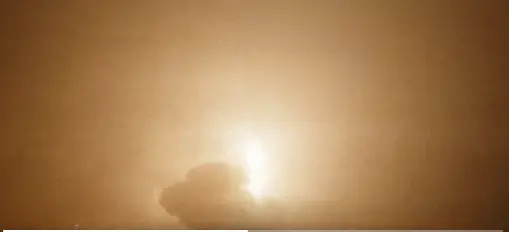From Vandenberg Space Force Base, California, a Falcon 9 rocket thrust into the sky, carrying Starlink satellites into the low-Earth orbit on Tuesday night.
A payload of 20 Starlink satellites, including 13 with Direct to Cell capabilities, were successfully delivered into the low-Earth orbit, SpaceX confirmed on X (formerly Twitter).
The liftoff was seamlessly propelled by the super nine Merlin engines, marking the 10th flight for the first booster supporting this mission, which previously launched Nasa Crew-7, CRS-29, NROL-186, EarthCare, Transporter-10, and PACE, and now bringing the total number of successful Starlink missions made to four.
The first stage separated using a single Merlin engine and landed on the Of Course I Still Love You droneship.
Starlink’s Direct Cell is a cutting-edge innovation that will “enable ubiquitous access to texting, calling, and browsing” beyond your real locale, including lakes and coastal waters. The technology will also “connect IoT devices with common LTE standards.”
SpaceX’s has so far launched more than 6,000 starlink satellites into the low-Earth orbit, making it the leader in the industry with more than two-thirds of active satellites in the orbit.
The Starlink satellite internet service has been widely adopted; as of right now, 40 countries have been activated. Hundreds of millions of people across the world are currently using Starlink internet, which boasts higher speeds with low latency connectivity.







